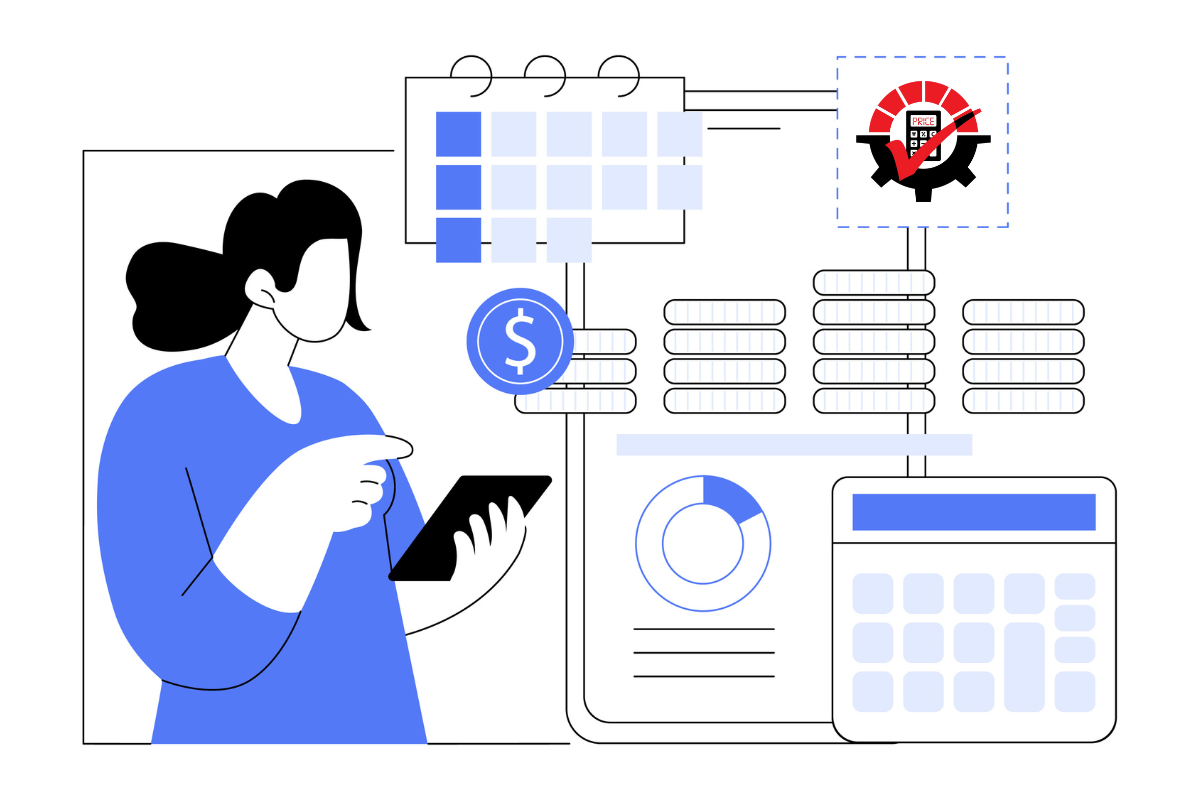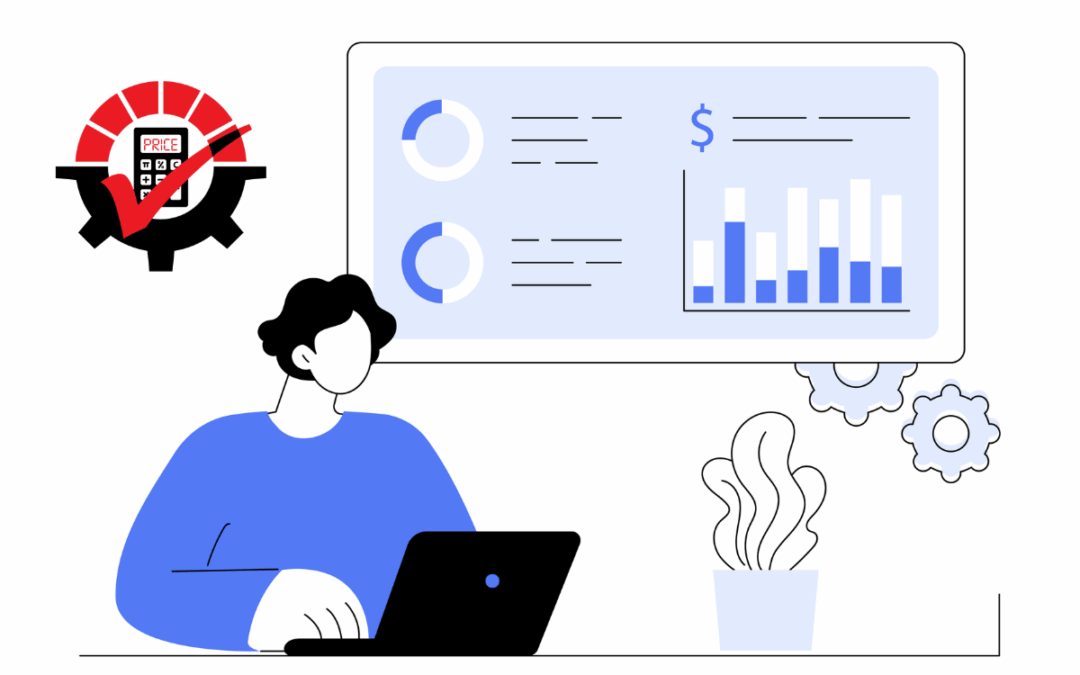Managing rebates has long been a more complex and error-prone task in business operations. For many companies, the process still involves manually tracking details in Excel spreadsheets, a familiar but deeply flawed method that creates unnecessary risk and leaves money on the table.
The Many Faces of Rebates
Rebates come in a wide variety of forms. Customers might include percentage-based discounts for specific product categories, fixed-dollar rebates per item purchased, or volume incentives tied to spending thresholds. Vendor-based rebates are just as diverse, often as promotional incentives, annual volume rewards, or pass-through rebates. The latter is especially common in industries like food distribution, where suppliers reimburse customer discounts.
While each type serves a specific purpose, they all require accurate tracking and transparency. Unfortunately, manual systems often lack the tools to manage this complexity effectively.
The Pitfalls of Manual Rebate Tracking
Relying on spreadsheets carries significant risks. Many companies depend on a single “rebate guru” who manages massive, complex files without a documented process. If that person is unavailable, the entire program risks stalling. Or worse, collapsing entirely.
Manual systems also create audit challenges. Spreadsheets rarely allow you to trace a rebate to a specific transaction, making reconciliation a nightmare and increasing the likelihood of financial inaccuracies. Rebates may go unpaid, liabilities unaccrued, or funds misallocated.
In some cases, the consequences are more damaging. If a business provides a discount, assuming vendor reimbursement, but fails to properly track or claim it, it could end up selling at a loss. At that point, every transaction actively hurts the bottom line.
A Smarter Approach: Embracing Automation
Forward-thinking organizations are moving away from spreadsheets and embracing automation. Real-time rebate calculation ensures financial visibility as transactions occur, not after the fact. Rule-based automation adds structure and consistency by grouping similar rebates, applying variable rates by customer or product type, and enforcing time-based rules.
Integration with your general ledger brings further benefits. Businesses can improve accuracy, accountability, and compliance by booking rebates automatically and maintaining a clear audit trail. Importantly, every rebate can be traced back to its originating transaction, streamlining reconciliation and dispute resolution.
The Broader Benefits of Automation
Automation eliminates human error, boosts scalability, and reduces reliance on individual team members. It ensures rebates are processed consistently, no matter the volume or complexity. With centralized access, cross-functional teams can collaborate without bottlenecks or confusion.
Many modern pricing platforms offer features for managing commissions, tariffs, royalties, and specialized taxes. This comprehensive pricing oversight helps companies maximize profitability while maintaining complete financial control.
The Time to Act Is Now
If your organization still relies on spreadsheets to manage rebates, it’s time to consider hidden costs, missed opportunities, compliance risks, and financial surprises. Investing in automated management isn’t just a matter of efficiency; it’s a strategic decision that safeguards profitability and positions your business for sustainable growth.







